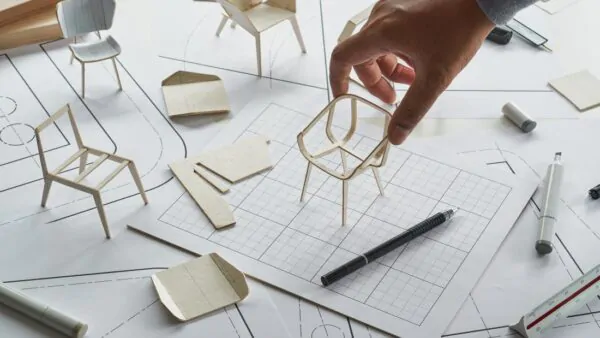Exploring the Impact of Industrial Design in Modern Living
The evolution of design for industrial needs has significantly influenced and interacted with the surroundings. This field, which combines art, engineering, and business, focuses on designing and creating functional and aesthetically pleasing products.
In modern living, the impact of industrial design is evident in everything from household items to public spaces. Design principles have been integrated into various aspects of daily life, improving the usability and appeal of countless products. This article explains the importance of design in the industrial sector, highlighting its role in enhancing user experience, driving innovation, and shaping the aesthetics of contemporary environments.
Enhancing User Experience
A primary goal is to enhance user experience by making products more intuitive and efficient. By prioritising functionality and ergonomics, designers create items that are easy to use and comfortable. This focus on user-centred design ensures that products meet the needs and expectations of consumers, leading to greater satisfaction and loyalty.
For example, consider the structure of modern kitchen appliances. The thoughtful integration of user-friendly features, such as touch controls and smart technology, has revolutionised the cooking experience. These innovations make everyday tasks more manageable and enjoyable, reflecting the profound impact on daily life.
Driving Innovation
It is a catalyst for innovation, forcing the boundaries of what is possible and continually improving the products you rely on. Designers work at the intersection of technology and creativity, exploring new materials, manufacturing processes, and techniques. This constant pursuit of innovation leads to the development cutting-edge products that enhance our quality of life.
One area where this is particularly evident is in the technology sector. From smartphones to wearable devices, the sleek, user-friendly designs that define modern tech products are a testament to the power of design. By making advanced technology accessible and appealing, designers play a crucial role in shaping the future.
Shaping Aesthetics
Designers strive to create items that are not only functional but also visually appealing. This focus on aesthetics influences our living spaces’ overall look and feel, contributing to a more harmonious and attractive environment.
In contemporary interiors, the influence of design can be seen in the popularity of minimalist and functional decor. Clean lines, neutral colours, and innovative materials create stylish and practical spaces. This aesthetic approach is rooted in design principles, demonstrating its impact on modern living.
Sustainable Practices
The shift towards sustainable practices aims to reduce the environmental impact of manufacturing and consumption, promoting a more sustainable lifestyle.
Innovative materials, energy-efficient production methods, and designs that promote longevity and recyclability are all aspects of sustainable design for industrial purposes. By prioritising these elements, designers contribute to a more sustainable future, ensuring that products are good for consumers and the planet.
Public Spaces and Urban
The principles of industrial design extend beyond individual products to influence the structure of public spaces and urban environments. Thoughtful design can improve the functionality, accessibility, and aesthetic appeal of communal areas, enhancing the quality of life for residents.
Consider public transportation systems, parks, and community centres. These spaces benefit from design principles prioritising user experience, safety, and sustainability. By creating well-designed public spaces, designers contribute to the overall well-being of communities, making cities more liveable and enjoyable.
Industrial design is pivotal in modern living, impacting everything from personal devices to public spaces. By enhancing user experience, driving innovation, and shaping aesthetics, design significantly improves the quality of our lives. Embracing sustainable practices and applying thoughtful principles, industrial designers continue to influence the world around us.




